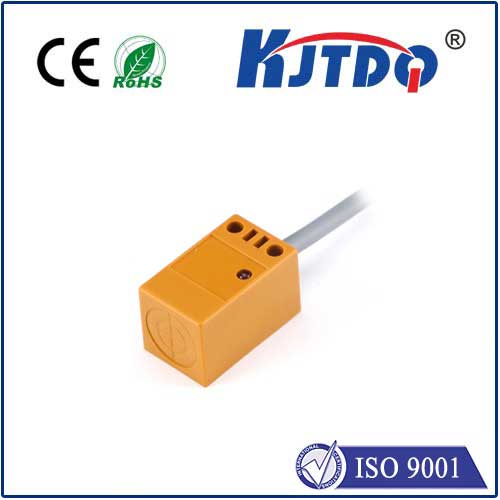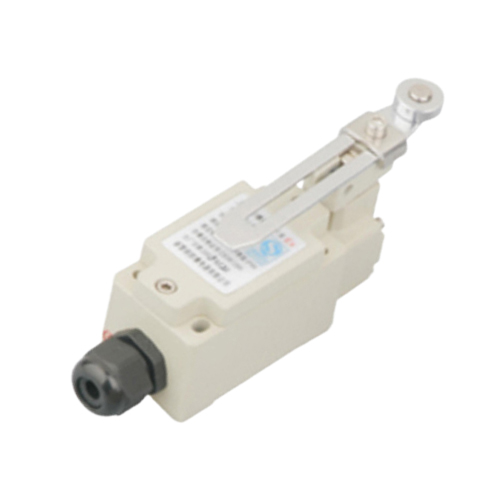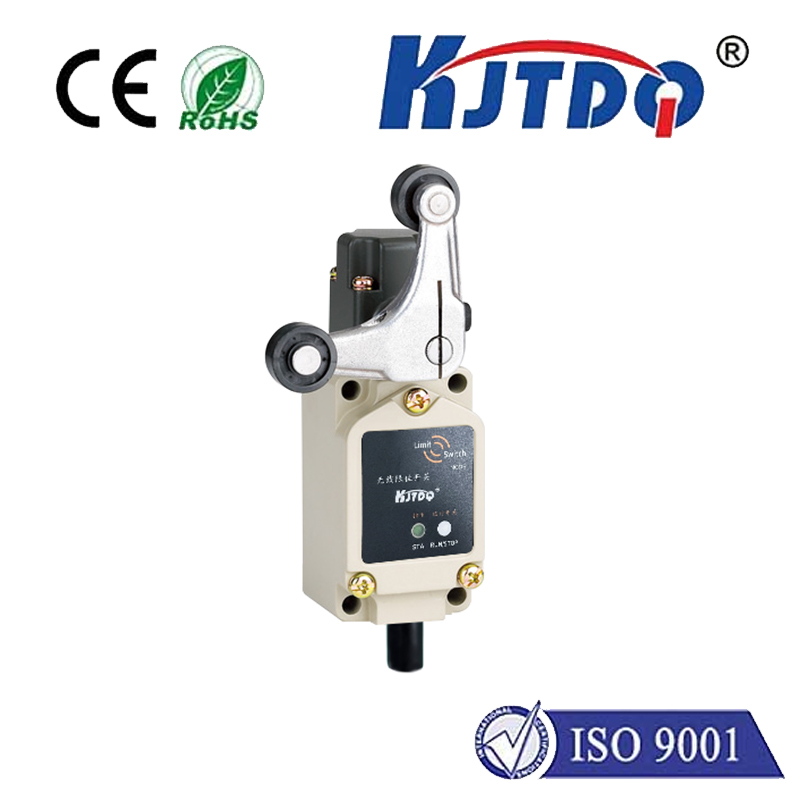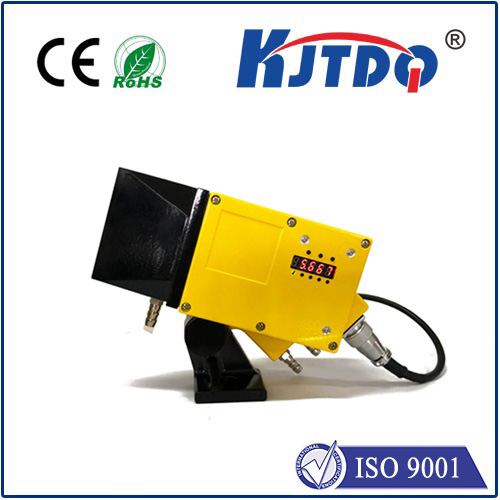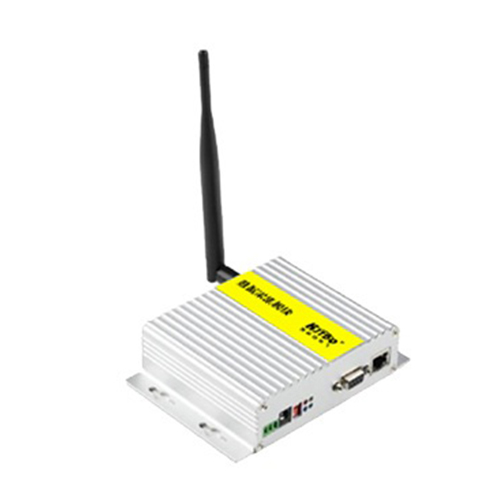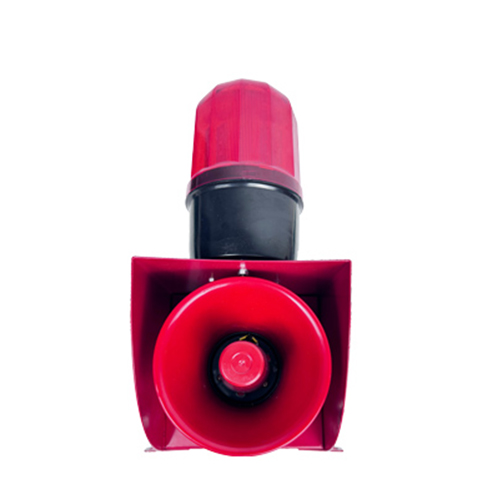proximity sensor for light switching
- time:2025-06-26 02:12:55
- Нажмите:0
Beyond Motion Detection: How Proximity Sensors Revolutionize Automated Light Switching
Forget fumbling for switches in the dark or wondering if you left the basement light on. The quest for smarter, more intuitive, and energy-efficient homes has led to a significant evolution in automation technology, moving beyond basic motion detection. Enter proximity sensors, a sophisticated solution rapidly changing how we interact with lighting systems. This article delves into the power of proximity sensors for light switching, exploring how this technology offers unparalleled convenience, enhances security, and drives substantial energy savings.
Understanding Proximity Sensing Beyond Simple Motion
While often confused with traditional motion sensors (like Passive Infrared - PIR), proximity sensors operate on a different, often more precise, principle. Instead of detecting broad movement within a large area using heat signatures, proximity sensors typically measure the distance or presence of an object very close to them.

Two primary technologies dominate this space for lighting:
- Capacitive Proximity Sensors: These sensors create an electromagnetic field. When an object (like a hand) enters this field, it disrupts the capacitance, signaling the sensor. They excel at detecting non-metallic objects and are perfect for touchless activation where precise proximity is key – think waving a hand near a sensor plate mounted on a wall instead of touching a physical switch.
- Infrared (IR) Proximity Sensors: These emit infrared light and measure the reflection. The time it takes for the light to bounce back indicates distance. Some advanced systems use modulated IR to differentiate between objects and ambient IR noise. They offer good range control.
How Proximity Sensors Transform Light Switching
The application of proximity sensors for light switching fundamentally changes the user experience:
- Touchless Convenience & Hygiene: This is perhaps the most immediate benefit. Imagine walking into your pantry with arms full; a simple wave near the sensor turns the light on. Leaving? Another wave turns it off. This is invaluable in kitchens (during messy cooking), bathrooms (promoting hygiene), or any situation where touching a switch is inconvenient or undesirable. The frictionless interaction feels almost magical.
- Enhanced Precision & Reduced False Triggers: Unlike PIR sensors that might be triggered by pets, moving curtains, or activity in adjacent rooms, proximity sensors require an object to come very close. This drastically reduces false activations, ensuring lights turn on only when someone intentionally and directly approaches the specific area they control. Room occupancy detection becomes far more accurate.
- Energy Efficiency Optimization: By significantly reducing false triggers and ensuring lights turn off automatically when presence is no longer detected close to the sensor (e.g., after you leave a small storage room or walk past a hallway sensor zone), proximity-based systems minimize wasted energy. Lights aren’t illuminating empty spaces based on distant movement.
- Seamless Integration & Smart Scenarios: Proximity sensors can be discreetly integrated into walls, cabinets, under counters, or even within furniture. They work brilliantly in confined spaces like closets, wardrobes, pantries, garages, or under-cabinet kitchen lighting. Furthermore, they can be integrated into larger home automation systems, allowing for complex rules like dimming lights gradually as someone approaches a bed or turning on pathway lighting based on precise presence detection along a corridor.
- Improved Accessibility: For individuals with mobility challenges or limited reach, touchless light control via a proximity sensor placed conveniently provides greater independence and ease of use.
Implementing Proximity Sensor Light Control: Key Considerations
Successfully deploying proximity sensors for light switching involves thoughtful planning:
- Sensor Placement: This is crucial. Mount the sensor where intentional interaction is natural and ergonomic – near the entrance of a closet, beside a pantry shelf, or integrated into a wall switch plate. Ensure the detection zone covers the desired activation area effectively.
- Detection Range: Select sensors with a range appropriate for the application. A pantry might only need 5-10cm detection, while an under-cabinet light sensor might benefit from 15-30cm.
- Delay Settings: Configure the turn-off delay sensibly. A closet light might turn off 5-10 seconds after presence is lost, while a pantry might warrant 30 seconds.
- Ambient Light Sensing: Many proximity light switches incorporate ambient light sensors (photocells). This ensures the light only turns on when proximity is detected and the natural light level is below a set threshold, further preventing unnecessary energy consumption during daylight hours. This dual-sensor approach is a hallmark of intelligent design.
- Power Source: Installation flexibility is key. Options include wired connections (often requiring an electrician for in-wall placements) and battery-powered sensors, ideal for retrofit applications in locations like cabinets.
The Future is Close: Proximity Sensors Leading Smart Lighting
Proximity sensors for light switching represent a significant leap towards truly intelligent and responsive environments. They address the limitations of traditional motion sensors by offering targeted, intentional control that enhances user experience, promotes hygiene, and delivers tangible energy savings. As the technology advances, becoming more affordable and sophisticated, we can expect even tighter integration with smart home ecosystems, enabling features like personalized lighting scenes based on who is approaching and predictive lighting adjustments. For homeowners and businesses seeking the pinnacle of convenience, efficiency, and modern automation, embracing proximity-based lighting control is a bright step forward. This technology isn’t just about detecting motion; it’s about understanding nuanced presence and interaction, making our spaces adapt intuitively to our needs.

